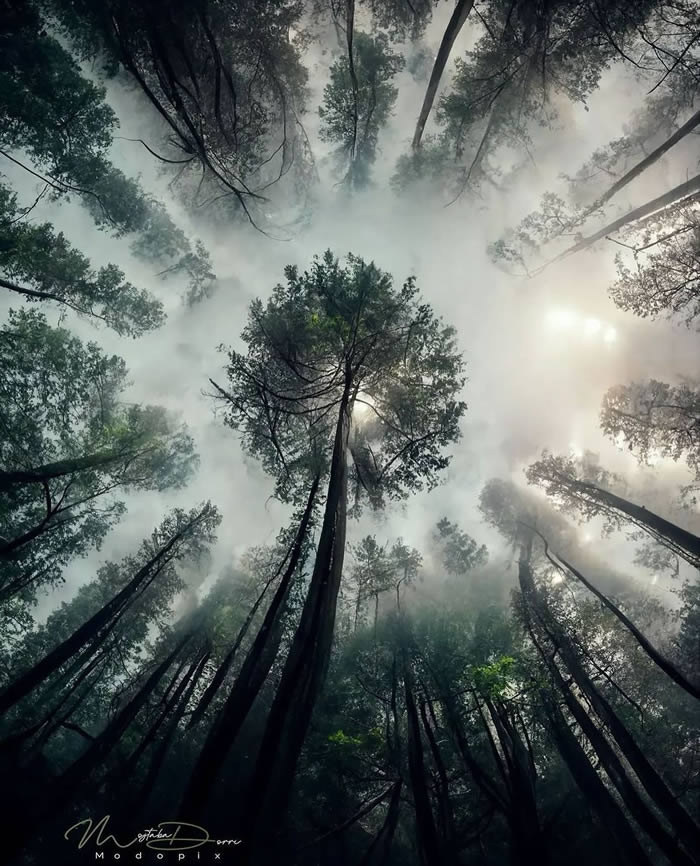Pulse of Information
Your source for the latest insights and updates.
Nature Through a Lens: Secrets of Capturing Earth's Beauty
Unlock the secrets of stunning nature photography and learn how to capture Earth's beauty like never before!
10 Tips for Photographers: Capturing Nature's Wonders
Photography is an art that allows you to capture the beauty of nature and share it with the world. Here are 10 tips for photographers looking to enhance their skills and create stunning visuals of the great outdoors. First, always be mindful of the natural lighting conditions. The golden hours—shortly after sunrise and before sunset—provide soft light that can dramatically enhance your images. Next, be patient; some of nature's most spectacular moments happen unexpectedly. Waiting for the right moment can make all the difference in capturing a breathtaking shot.
Another essential tip is to explore varied perspectives. Instead of sticking to eye level, consider getting low to the ground or finding a higher vantage point for unique compositions. Additionally, use a sturdy tripod to maintain stability, especially in low-light situations or when doing long exposures. Lastly, experiment with different settings on your camera to learn how they affect your images. Understanding the relationship between shutter speed, aperture, and ISO is crucial for mastering nature photography. Remember, practice makes perfect!

The Best Times to Photograph Nature: A Seasonal Guide
Understanding the best times to photograph nature greatly enhances the quality of your images. Each season brings unique lighting conditions, colors, and moods that can significantly affect your nature photography. Spring is a time of renewal, making it the perfect season for capturing blooming flowers and vibrant greenery. Early mornings provide a soft natural light that can beautifully illuminate dew on petals and create stunning bokeh effects. Summer, on the other hand, delivers bright colors and long daylight hours, allowing for extended photography sessions. The golden hour, just before sunset, is especially magical during this season, creating warm tones ideal for landscape shots.
As we transition into autumn, the landscape transforms into a stunning palette of reds, oranges, and yellows. This time is perfect for capturing the stunning contrast between the foliage and the clear blue sky. If you're aiming for dramatic shots, consider the early morning or late afternoon when the sun is at a lower angle, enhancing the colors. Finally, winter offers a different yet equally captivating perspective, with snow-covered landscapes creating a serene atmosphere. The soft light of overcast days can produce beautiful, muted tones, making it an ideal time for shooting tranquil nature scenes.
Exploring Macro Photography: Discovering the Tiny Details of the Natural World
Exploring macro photography opens up a captivating world where the intricate details of nature come to life. By using specialized lenses, photographers can capture stunning images of tiny subjects such as insects, flowers, and other small elements that are often overlooked. This genre of photography requires not only technical skill but also an artistic vision to showcase the beauty in the minuscule. Whether you're aiming for vibrant close-ups of a bee perched on a petal or the delicate textures of a leaf, macro photography enables you to explore the unseen aspects of the natural world.
To embark on your journey into macro photography, consider the following tips:
- Choose the right equipment: A dedicated macro lens is essential for capturing details from a close range.
- Focus on lighting: Natural light works wonders, but consider using reflectors or diffusers to enhance your shots.
- Practice patience: Wildlife, especially insects, often require a still hand and a lot of time to capture the perfect shot.
By mastering these techniques, you'll unlock the ability to reveal the tiny details that make the natural world so extraordinary.